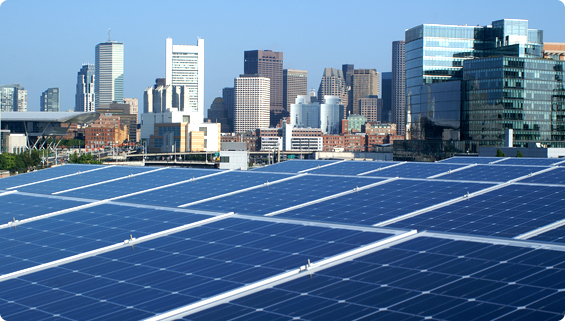Distributed energy generation (like solar) brings unique and valuable benefits to the electric grid. But capturing those benefits means solar and other renewable energy developers must find the best places to plug in to the grid, e.g. where demand is high or infrastructure is stressed. The cost to connect distributed generation may also be lower in these areas. Unfortunately, data about a utility’s grid system is rarely public.
California utilities are changing the game.
To support its solar photovoltaic (PV) program, Southern California Edison (SCE) rolled out a map of its grid system, highlighting (in red) areas that “could potentially minimize your costs of interconnection to the SCE system.” A similar map is forthcoming from San Diego Gas & Electric.
Since as much as a third of the cost of PV can be recaptured via its benefits to the electric grid when properly placed in the distribution system, having this information is crucial for solar developers. Public data also levels the playing field between independent power producers and the utilities, since the latter can use federal tax credits and their proprietary knowledge of the electric grid to build their own distributed renewable energy at the most attractive locations.
Having public data on distribution grid hot spots can make renewable energy development more cost effective and more democratic. Tell your utility to publish its map.



